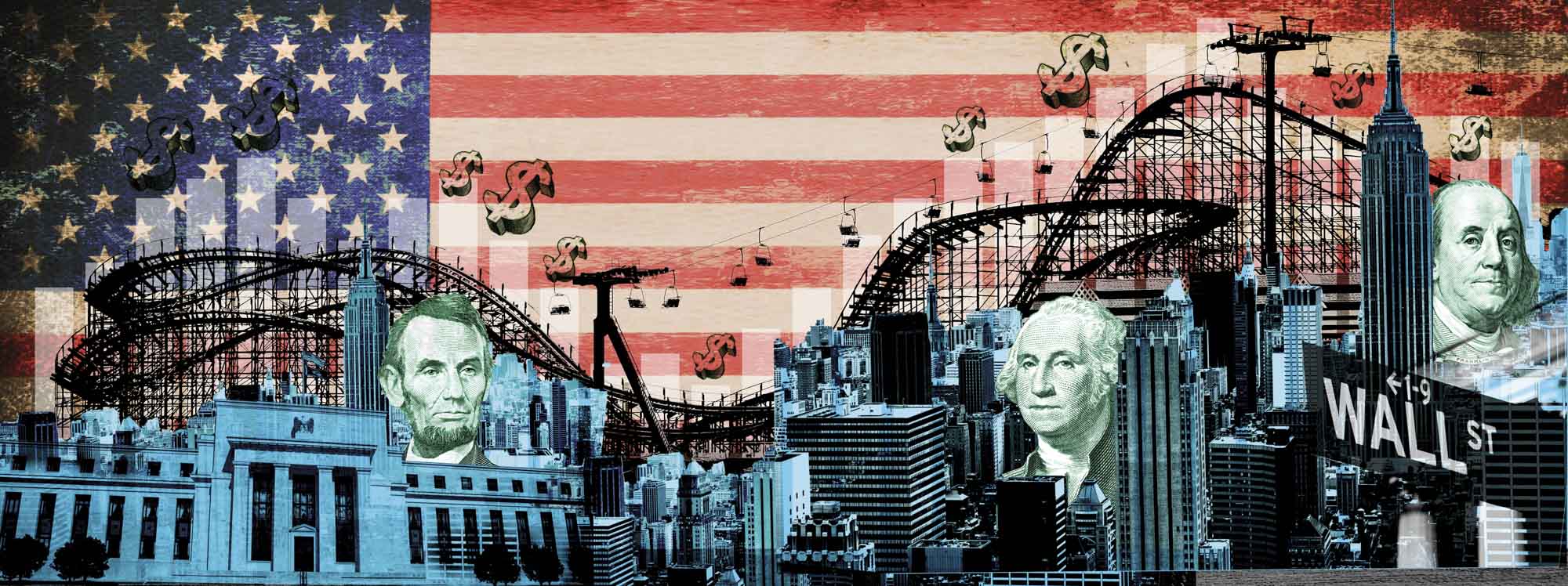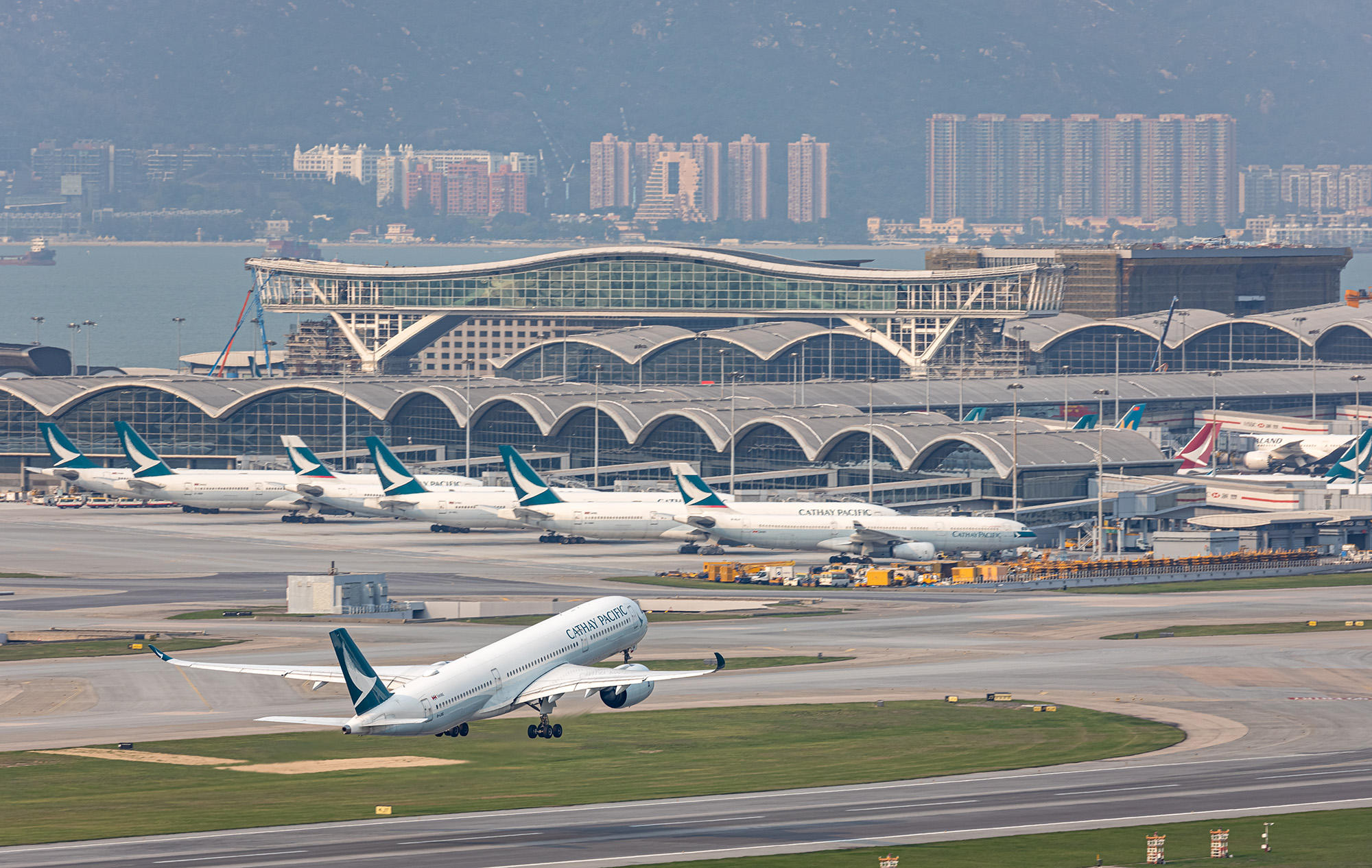Anyone reading the financial pages or listening to the rhetoric preceding the presidential election could be forgiven for fearing for the US economy and its trade prospects in particular. The outlook is not ideal, but nor is it necessarily as dark as has been painted. Now the election is over and President-elect Trump is assessing which of his crowd-pleasing policies to enact, it’s a good time to look at some of the underlying fundamentals.
In October, while some of the US’s 15 free trade agreements signed since 1985 were being maligned by the presidential hopefuls, the International Monetary Fund (IMF) downgraded its 2016 growth forecast for the US to a meagre 1.6 per cent. Its chief economist sounded gloomy. ‘Growth has been too low for too long and in many countries its benefits have reached too few,’ Maurice Obstfeld told the Financial Times.
In the same month, the US Department of Commerce announced that the goods and services trade deficit had reached $40.7 billion in August, an increase of $1.2 billion on July. By the end of the year, the US Federal Budget deficit is expected to be $616 billion while the overall national debt is forecast to exceed an eye-watering $19.4 trillion.
Writing in Forbes this year, economic analyst, Mike Patton said: ‘At some point, it will become unsustainable and the entire system will collapse like a house of cards.’
He is but one voice in a growing chorus forecasting economic gloom for the US.
Stability has been buffeted by the uncertainty ahead of the US Presidential election, the potential global shock of Brexit, exploding corporate debt bubbles and depressed commodity prices. It was therefore not surprising that the Federal Reserve declined to increase interest rates in September, citing low growth and low inflation expectations.
Maybe the director of a major US forwarder was thinking wishfully when he said: ‘Looking at past data, election years tend to suppress the market until people know what’s happening, then it opens up. Hopefully, history repeats itself this year.’
But actually there is some room for cautious optimism. Paul Schulte is founder of Schulte Research, which provides strategic advice to the financial services sector in the US and Hong Kong. He says: ‘The US is in great shape – it has one of the healthiest financial sectors in the world. Cities like New York, Los Angeles and San Francisco, which have innovative high technology and digital industries, are economically on fire.’
While much is made of America’s trade deficit with China and the rest of the world, The Economist pointed out recently that ‘America has run a trade deficit every year since 1976,’ adding that a trading surplus is not some sort of ‘virility symbol’.
And for the air cargo sector, there are some positive notes. ‘Trade is still registering positive growth, albeit at a disappointing rate,’ World Trade Organization (WTO) director-general Roberto Azevêdo said in April this year. This is just being reflected in reports of modest upward trends in global air cargo in the summer.

IATA reported that global air freight demand had increased five per cent year on year in July, though much of that optimism was founded on better performance in Europe and the Middle East. ‘July was a positive month for air freight which is an all too rare occurrence,’ said new CEO Alexandre de Juniac, while maintaining the depressed tone with warnings of ‘strong headwinds on fundamental aspects of the business’.
Scanning the seasonally adjusted trade data for goods only by the US Census Bureau sheds some light on the situation. It transpires that 75 per cent of US trade is conducted with just 15 countries (see Data Package, p8). Even more striking is that over half of all trade (50.2 per cent) is conducted with only four countries. Two of the neighbours in the tri-partate Nafta (North American Free Trade Agreement) zone – Canada and Mexico – and the two East Asian economic powerhouses China and Japan. Put simply, trade prospects for the US depend to a large extent on the fortunes of the Nafta zone and China – both of which have featured in the rhetorical crosshairs of the President-elect.
However, the signs are that the total volume of trade in the US is decreasing, as evidenced by a simple comparison of seasonally adjusted trade volumes in goods from January to August over the past three years (see Data Package, p9). Given the strong dollar, economists would expect a lower export figure, but while the balance of trade deficit is improving slightly, it is only because there is less total trade.
While the bad news is that trade volumes (by US dollar value) are down year on year, the good news is that they are gradually creeping back up. Hold the champagne, but US trade in goods is on an upward trend for the first time in years. Trade volumes bottomed out in March 2016 at the lowest levels recorded since February 2011 but are recovering gradually and steadily.
There are also reports of a strengthening labour market, better wage gains and strong household balance sheets, plus anecdotal evidence to suggest the US has turned a corner. It’s far from uniform though and it’s high-technology industries located in areas with well educated young workforces that are leading the recovery.
Schulte says: ‘There are still astonishing levels of innovation in the US. More than 2.5 million jobs have been created in this sector. I just stayed in a standard four-star conference hotel in San Francisco, and the room rate was US$920 per night. That’s not a symptom of an economy in crisis.’
Portland, now served by a dedicated Cathay Pacific freighter service, is a prime example of a US high growth region with a traditional free port now driven by innovation. Josh Lehner is an economist at Oregon’s Department of Economic Analysis. ‘While some US data is slowing, Oregon’s expansion continues to see full-throttle rates of growth, partly being driven by chip manufacturing for firms such as Intel,’ he says.
While the doom and gloom needs to be balanced by these more encouraging trends, there are still significant downward risks – and the biggest one to US trade is China. In a recent report, the IMF estimates that for every percentage point China’s economy slows, it saps a quarter percentage point off growth in advanced economies around the world, including the US. ‘By the IMF’s metric, if China’s economy slows to two per cent, the US could get pushed into a recession,’ reported the Wall Street Journal in October.
But as China’s forecast growth is set for 6.6 per cent this year, and 6.2 per cent next, there are grounds for cautious optimism.








